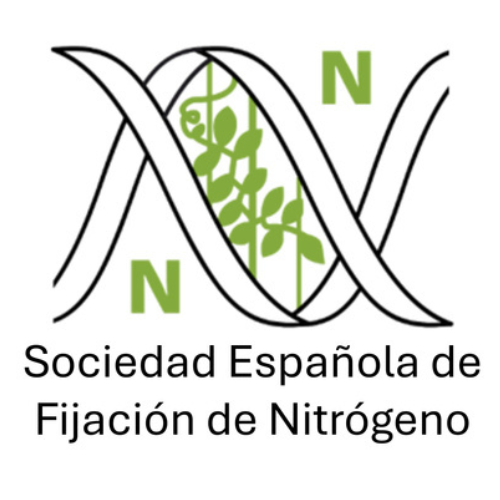Theses Doctoral
PhD student:
Supervisors:
Socorro Mesa Banqueri y María Jesús Delgado Igeño
Date of presentation:
09-07-2019
Faculty and University:
Facultad de Ciencias, Universidad de Granada
Qualification grade:
Sobresaliente cum laude
Title:
Molecular characterisation of FixK2 and NnrR proteins controlling denitrification in Bradyrhizobium diazoefficiens
Summary:
The results obtained in this PhD Thesis have shown that the nosRZDFYLX genes of Bradyrhizobium diazoefficiens encoding the synthesis of nitrous oxide reductase (Nos) constitute a single transcriptional unit, whose expression depends mainly on the promoter present in the 5′ region of the nosR gene, where two transcriptional initiations, TSS1 and TSS2 at 84 and 57 nt of the ATG, respectively, were identified. Studies of β-galactosidase activity of a nosR-lacZ transcriptional fusion and Nos enzyme expression and activity have shown that O2-limiting conditions are the main signal inducing expression of these genes, with the FixK2 protein directly controlling and activating transcription of the nosRZDFYLX operon in vitro.
In B. diazoefficiens, the expression of denitrification genes is controlled by two CRP/FNR-type transcriptional factors, FixK2 and NnrR, in response, respectively, to microoxia and nitrogen oxides, in particular nitric oxide. During the development of this Thesis, more than 170 genes have been identified simultaneously induced under denitrifying conditions and under the positive control of NnrR. Among them, the cycA gene, encoding the soluble cytochrome c550, previously described as an intermediate electron donor between the bc1 membrane complex and NirK. In this work, it has also been possible to demonstrate the involvement of CycA in the activity of the enzyme nitrous oxide reductase (Nos). When the regulation of the cycA gene was further investigated, in addition to the control by NnrR, a control by the FixK2 protein was observed under conditions of nitrate anoxia, both at the transcriptional and translational levels. Moreover, in vitro transcription assays showed that the activation of cycA gene transcription is directly controlled by FixK2. Likewise, in this work we have identified nnrR and nnrS, a gene located divergently to nnrR, as direct targets of FixK2.
In vivo studies to further investigate the molecular mechanism of the NnrR regulator revealed the involvement of heme as a cofactor of NnrR. The involvement of heme as a cofactor of NnrR was also studied in in vitro assays. Based on the results obtained, it can be proposed that heme is the most likely cofactor of NnrR involved in the NO sensing mechanism.
Finally, the molecular determinants of the discriminatory interaction of FixK2 and NnrR proteins with their recognition sequences (FixK2 box, NnrR box) have been identified in this Thesis. Overall, the results of this PhD Thesis contribute to increase the knowledge related to the regulation of denitrification in B. diazoefficiens, a model rhizobium for the study of this process. Specifically, progress has been made in the molecular mechanism involved in the control of denitrification mediated by FixK2 and NnrR proteins. This has allowed us to identify a single nucleotide in the DNA recognition sequence as a key residue for the modulation by the FixK2 protein of the microoxic or denitrifying metabolism of B. diazoefficiens.
